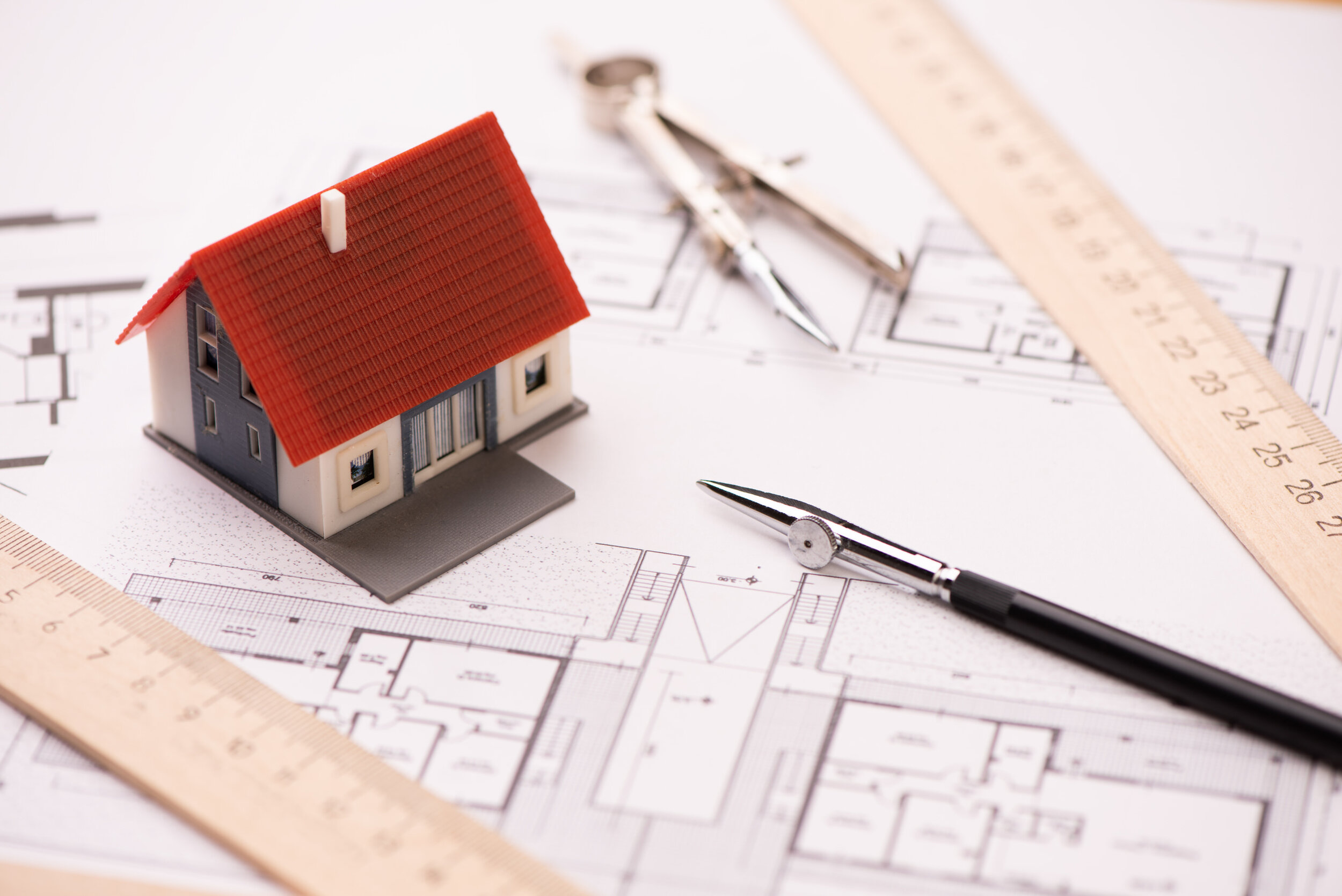
Starting An Affiliate
Having started in Southern California in 1989, HomeAid began expanding nationally in the mid-1990s. There are currently 19 Affiliates in 13 states and we continue to actively seek expansion opportunities in major markets around the country.
Affiliate Requirements
HomeAid employs the following criteria to designate areas of potential Affiliate growth for the organization:
The presence of strong construction, real estate, the building industry and/or homebuilding association with a charitable history in its local community
A Metropolitan Statistical Area (MSA) population area of 350,000+ with a clear homelessness problem
A pool of builders willing to be builder captains for HomeAid projects, and whose trade partners will participate with labor, materials, and services
Sources of funding to support the ongoing operation of a HomeAid Affiliate
Affiliate Development Process
HomeAid has a proven methodology for starting a HomeAid Affiliate:
Timing: If the Affiliate requirements are satisfied and a local “Affiliate Champion” is identified, then the process becomes a matter of timing. Once a group of construction, local building industry leaders and/or homebuilding association reps agree to move forward, the HomeAid Affiliate Development and Expansion team provides a comprehensive recruitment effort, followed by a well-defined Affiliate launch process.
Cultivation: Building relationships in prospective Affiliate areas is very important. HomeAid’s Affiliate Development and Expansion team meet with construction and/or local building industry leaders, including the Homebuilding Association Executive Officer and other Association leadership over a one- to three-month period to assess whether the market is a match for a successful and sustainable HomeAid Affiliate.
Launch: If the process moves ahead after a successful Cultivation process, HomeAid’s Affiliate Development and Expansion team implement a Launch Process to 1) build a strong Affiliate leadership team to implement the program, 2) work with local attorneys to create the legal non-profit entity and get the necessary approvals, 3) help the local team search for the Affiliate’s Executive Director (ED), 3) Once the ED is hired, conduct detailed training of that ED and the new Affiliate Board so they are comfortable with the HomeAid model and programs, 4) assist the Affiliate in identifying on-going sources of financial support, and 5) help the new Affiliate to identify and select its first project to build.
Expansion is the natural outgrowth of a successful program, and the establishment of new Affiliates helps HomeAid to serve more people experiencing or at risk of homelessness in more parts of the country. It also builds on the significant building industry philanthropic legacy that HomeAid has been part of since 1989.
If you are interested in starting a HomeAid Affiliate in your community, contact Chief Expansion Officer, Robin Arnett via email at rarnett@homeaid.org or by phone at (949) 777-1660.
Expansion FAQs
The following list includes frequently asked questions regarding the Affiliate Expansion process:
What are the key benefits of establishing a HomeAid Affiliate?
HomeAid serves several key needs of local service providers (the local non-profit organization serving those experiencing or at risk of homelessness with housing and wrap-around support services) working with those experiencing homelessness in their communities. Primarily, through the building of housing, they need to house those experiencing or at risk of homelessness. Secondly, by conducting community outreach activities to support these service providers’ programs to assure adequate wrap-around services are available to their residents.
Also, a HomeAid Affiliate’s work gives the construction, local homebuilders, and their partners an outlet to give back to the community in a meaningful and sustainable way. Over time, this consistent involvement reflects well within the ranks of the building industry and its associations, instilling a strong sense of pride as well as generating goodwill for the building industry. HomeAid’s results also make an impact with community leaders who influence decisions that affect local builders and developers.
How long does it take to start a HomeAid Affiliate?
It varies greatly from one location to another. Our proven methodology for starting an Affiliate can take as little as a few months or as long as a few years. It depends on the breadth and depth of commitment demonstrated by the construction, local building industry and/or its homebuilders association.
What types of obligations does the local HomeAid Affiliate have when it starts an Affiliate?
The HomeAid Affiliate does have responsibilities to fulfill its Affiliate agreement and agree to abide by the Operational Handbook with HomeAid America. These include but are not limited to: hiring a full-time Executive Director, maintaining a solid and engaged Board of Directors, maintaining a fundraising program adequate to sustain the Affiliate, implementing the HomeAid project development and community outreach programs, reporting to HAA via Salesforce, and providing public awareness of the Affiliate and its activities. On the housing side, HomeAid asks that the Affiliate complete on average at least one project every twelve months.
Are there any HomeAid Affiliate Executive Directors or HBA/BIA Officers with whom I can speak about HomeAid?
Yes, any one of our current Affiliate Executive Directors would be glad to speak to you, as well as the partner HBA/BIA Executive Officers that we work with. You can contact HomeAid’s Director of National Affiliate Development and Expansion Robin Arnett via email at rarnett@homeaid.org and she will put you in touch with a local HomeAid Affiliate ED who can speak to you about the HomeAid model and experience.
Who do I contact to find out more information about how to start a HomeAid Affiliate?
Contact Chief Expansion Officer Robin Arnett via email at rarnett@homeaid.org or by phone at (949) 777-1660, and she will answer your basic questions and arrange further contacts.
